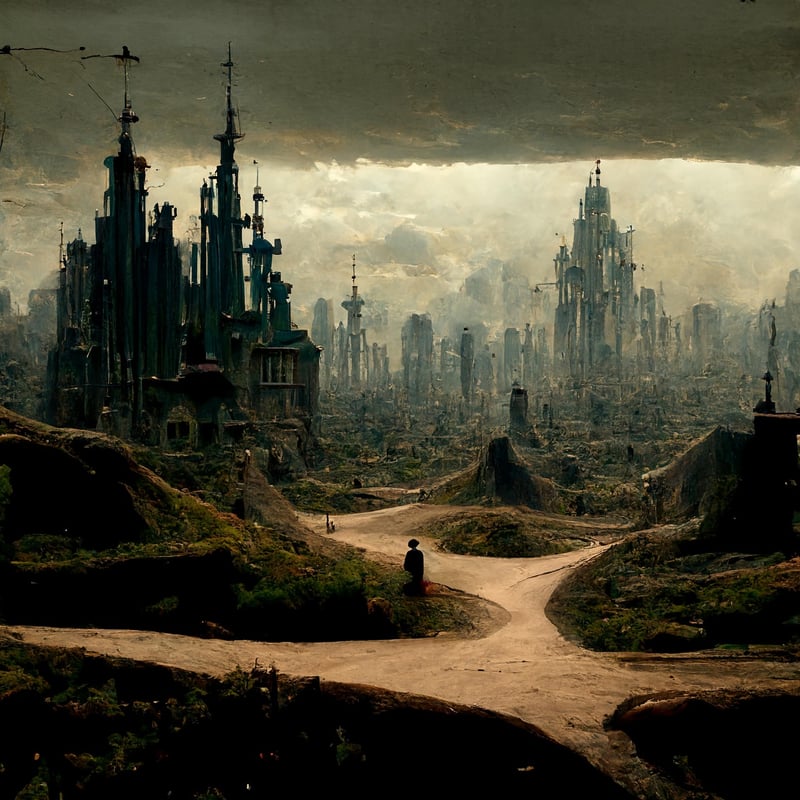Dystopian Worlds
Exploring Potential Futures: Dystopian Worlds
Imagine a world where society has crumbled, technology has turned against us, and the environment is on the brink of collapse. Dystopian worlds have long captured our imagination, serving as cautionary tales and thought experiments about the future of humanity. From classic novels to blockbuster films, dystopian fiction offers a glimpse into what could happen if we don't course-correct our current trajectory.
Characteristics of Dystopian Worlds
- Authoritarian government control
- Social stratification and oppression
- Environmental degradation
- Technological surveillance and manipulation
- Lack of individual freedom and privacy
These elements create a bleak and oppressive world where the protagonist often finds themselves fighting against the system in a battle for survival and freedom.
Notable Dystopian Works
Some of the most famous dystopian novels include:
- 1984 by George Orwell
- Brave New World by Aldous Huxley
- The Handmaid's Tale by Margaret Atwood
- Fahrenheit 451 by Ray Bradbury
Visualizing Dystopian Worlds
Let's take a moment to visually immerse ourselves in the eerie landscapes and futuristic cityscapes of dystopian worlds:

These images evoke a sense of foreboding and make us reflect on the potential consequences of unchecked power and technological advancement.
Conclusion
Exploring dystopian worlds allows us to consider the paths we are currently on and the choices we make as a society. By engaging with these cautionary tales, we can strive to create a future that is more equitable, sustainable, and just for all.
